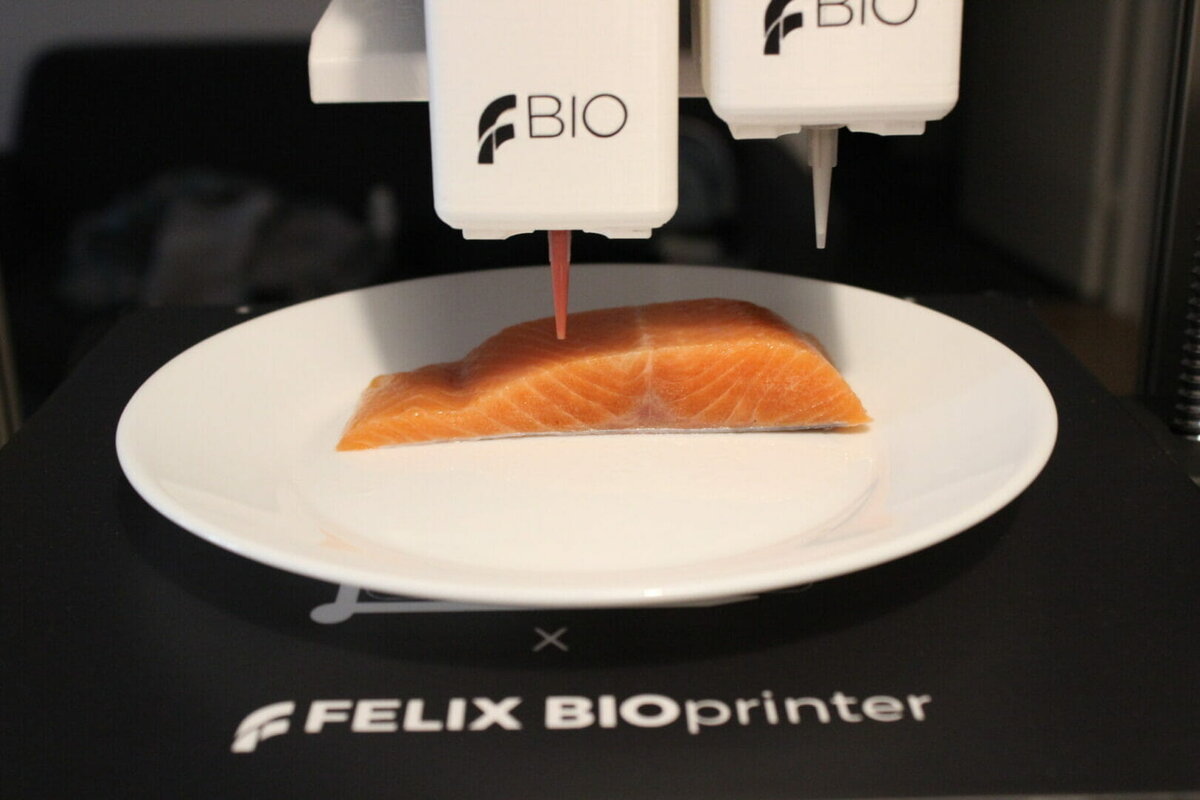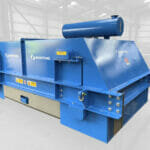(July 21st 2020; IJsselstein, The Netherlands) FELIXprinters has established itself as a key player in the supply of mid-priced highly accurate industrial additive manufacturing (AM) machines. The company’s reputation is built upon the Pro 3, Pro L, and Pro XL platforms, which are used throughout an array of industry sectors for challenging AM production applications.
FELIXprinters recently introduces the BIOprinter which was developed on the chassis of the established FELIXprinters product line, meaning that at its heart is the tried and tested technology that has already been serving manufacturers for years. The printer is characterized by key features that are specifically designed for medical, scientific, and research applications, including syringe cooling, print bed cooling and heating, a dual head system, easy syringe positioning (ergonomic access to the machine supports researchers in their work), and automatic bed levelling.
However, in recent months a group of international students has developed a 3D printing technique that enables them to print complex binders and proteins into plant-based fish alternatives, and at the heart of this research is the FELIX BIOprinter.
The trio of students from The University of Gothenburg, Universidad Autonoma de Madrid, and The Technical University of Denmark (DTU) started to work together on an EU-led project in 2017. During their work research as part of Training4CRM, a research project which uses 3D printing to develop treatments of neurodegenerative disorders, the team realized that similar techniques could be applied to 3D print plant-based proteins. Identifying a gap in the market within the seafood sector for more structured vegan-friendly fish-based products, the team began developing its plant-based alternative.
The process is now set to be launched commercially under the trading name Legendary Vish with the aim of providing a healthier and tastier alternative to existing vegan-friendly fish substitutes.
The step forward in the technology is the ability to create seafood products with complex structures that is impossible using traditional extrusion technologies, and this was achieved through the use of the FELIX BIOprinter.
The key driver behind the use of 3D printing for fish production centres around sustainability issues, addressing the fact that many of the world’s fisheries are at the moment pushed beyond their biological limits. In addition, 3D printing fish rather than relying on traditional fishing methods reduces greenhouse gas emissions, destruction of the oceans, and negates the need to use antibiotics, a common necessity to “aquacure” salmon in fish farms.
In an attempt to tackle these environmental challenges, the student team built on the extrusion-based 3D printing technique they’d developed as part of project Training4CRM, to 3D print fish instead of medicinal products. Using the FELIX BIOprinter, the AM method works by extruding a range of plant-based bio-inks, the BIOprinter allowing the extrusion of different plant-based ingredients (basically “food-inks”) through different print heads. This allows the production of the complex appearance of salmon fillets, showing the realistic distribution of orange/red meat tissue and white connective tissue.
Wilgo Feliksdal, Co-Founder of FELIXprinters comments, “The BIOprinter consists of an adaptable and flexible ecosystem to ensure that it can meet a wide range of researchers’ needs without generating unnecessary costs, and we are delighted that it has been at the core of the work undertaken at Legendary Vish. One major advantage is the source control system which enables the user to use standard slicing software and make changes themselves if needed. Also, syringes are not restricted to expensive brand-specific or in-house produced products that essentially drive up operating costs. The machine instead has been designed to use a standard 5ml syringe, and standardized petri dishes and culture plates, so there are no limitations on auxiliary parts and materials.”
“The FELIX BIOprinter is appropriate for all types of bio-printing research, and is equipped with strong motors that can extrude a range of different viscosity of materials which was invaluable when being used to simulate the look and feel of salmon. In addition, the BIOprinter has been designed to be easily upgradeable, which means that the lifecycle of the machine can be extended without compromising quality, reliability, and productivity,” Feliksdal concludes.








